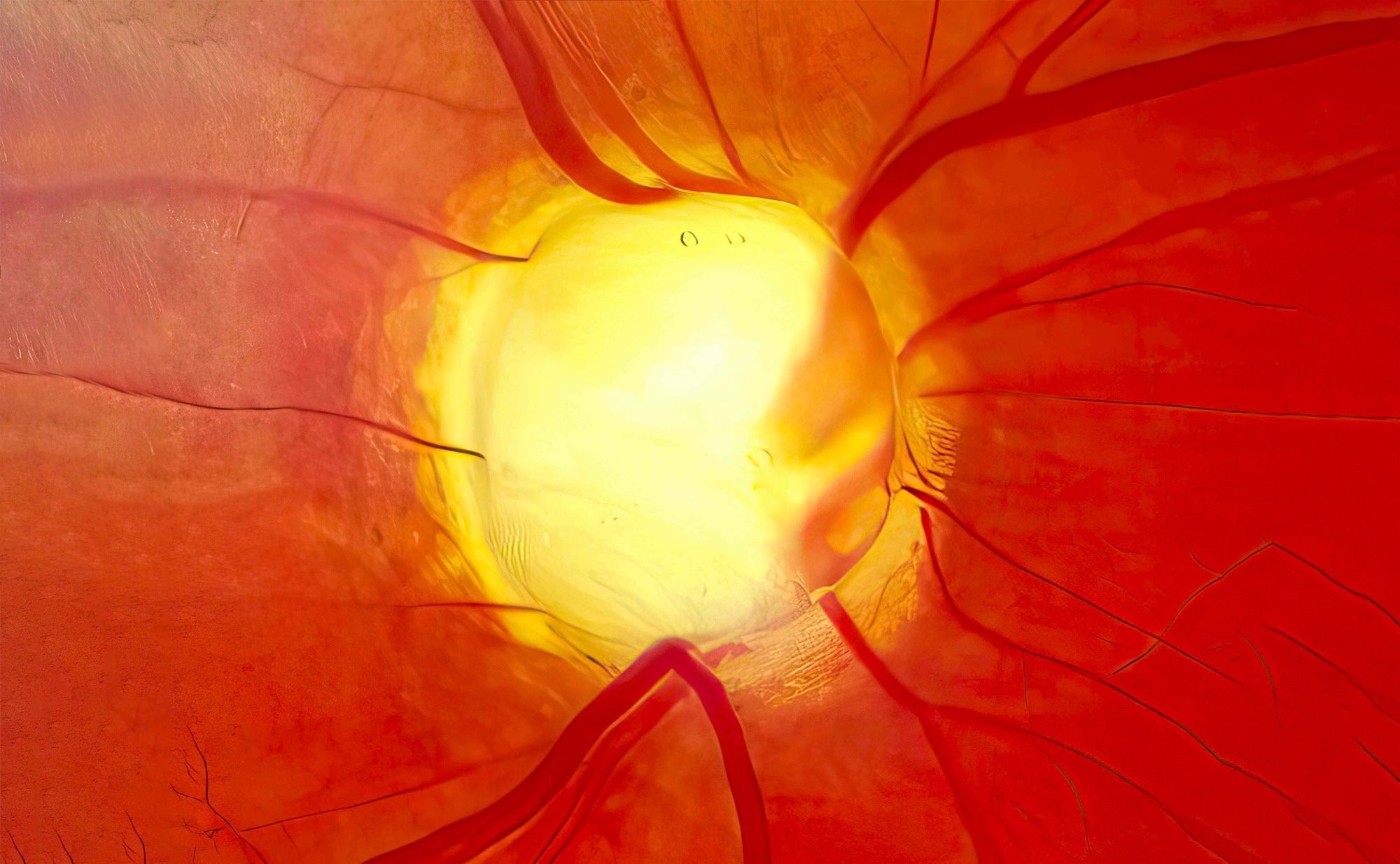New research shows that while GLP-1 diabetes medications may slightly raise the risk of developing retinopathy, they also help protect against sight-threatening complications and reduce the likelihood of going blind.
 Study: GLP-1 Receptor Agonists and Sight-Threatening Ophthalmic Complications in Patients With Type 2 Diabetes. Image Credit: oasisamuel / Shutterstock
Study: GLP-1 Receptor Agonists and Sight-Threatening Ophthalmic Complications in Patients With Type 2 Diabetes. Image Credit: oasisamuel / Shutterstock
Glucagon-like peptide-1 receptor agonists (GLP-1 RAs) are being increasingly used to manage diabetes, especially in obese or overweight patients. A recent paper published in JAMA Network Open assessed the risk of eye complications associated with diabetes in such patients.
Introduction
GLP-1 RAs are recently approved medications for the management of type 2 diabetes (T2D). Their multiple advantages include their ability to normalize blood glucose levels, induction of marked weight loss, and improvement in cardiometabolic and renal health markers in high-risk patients. According to the American Diabetes Association (ADA), these are among the two first-line therapies for T2D patients at risk for ischemic heart disease or other atherosclerotic cardiovascular disease.
In some, though not all, studies, the use of GLP-1 RAs in T2D is associated with complications of vision, like diabetic retinopathy (DR) and nonarteritic anterior ischemic optic neuropathy (NAION). Little is known about its specific association with serious complications that may rob the patient of vision.
The current study aimed to look for such associations, including the development of DR, NAION, or complications of DR, with GLP-1 RA use.
About the study
The current retrospective study included 185,066 adults with current T2D who were treated with GLP-1 RAs. They were drawn from a health research network that used electronic health records from over 120 health care organizations at various levels.
The majority were White, and the mean age of the group was 59 years. The study period extended between January 1, 2015, and September 30, 2022.
The participants were stratified by GLP-1 RA use, and the groups were compared for new-onset eye complications over the two years from the start of treatment.
Study findings
The risk of new-onset DR was slightly higher among GLP-1 RA users (hazard ratio 1.07, a 0.2% absolute increase over two years), but the incidence of NAION was numerically higher but not statistically significant in this group. The relative risk of blindness was 24.2% lower in the former group than in non-GLP-1 RA users.
Among the subgroup of 32,695 patients with DR at baseline, the investigators checked for the risk of progression in patients on these drugs. They found that the incidence of certain (not all) serious DR-associated complications was lower in the GLP-1 RA group. This included vitreous hemorrhage, neovascular glaucoma, and blindness.
Especially striking was the 30% reduction in the relative risk of blindness in this subgroup compared to those not on GLP-1 RAs. That is, 3.9% of these patients developed blindness from any cause while on GLP-1 RAs, vs 5.6% among non-users.
Patients with pre-existing DR who were on GLP-1 RAs were less likely to need anti-VEGF inhibitors, panretinal laser photocoagulation, or vitreoretinal surgery for DR, individually or in combination. The reduction in risk ranged from 8% to 38%.
Meanwhile, both groups showed a comparable incidence of progression to proliferative DR or diabetic macular edema (these outcomes were not reduced). Ischemic optic neuropathy rates were similar in both pre-existing DR subgroups. However, the study could not adjust for differences in the rate of normalization of the blood sugar, or the baseline severity of DR, as well as its rate of worsening.
There may be more than one reason for the partial protection against blindness associated with GLP-1 RA, especially since this occurs even over the short term. Both direct and indirect modes of action are possible, including better blood glucose regulation, weight loss, and cardioprotective and renoprotective effects. Experimental studies also suggest direct retinal effects, such as restoring blood-retinal barrier integrity and preventing retinal cell death. The latter may further prevent vascular lesions due to T2D in these patients. Improving HbA1c is the key to staving off progression in existing DR, preventing blindness.
Here, GLP-1 RAs may play a leading role, as their use was linked to a 24% reduction in the risk of all-cause blindness, increasing to 30% among those with baseline DR. Further research on the compliance rate is required to understand how this affects the clinical effectiveness of these medications.
Conclusions
The current study is among the earliest to show that GLP-1 RA use in T2D patients is linked to a slight increase in new-onset DR but fewer sight-threatening DR complications. Overall, these medications may reduce the risk of serious complications that threaten the eyesight. These include neovascular glaucoma and vitreous hemorrhage.
Patients who already had DR when started on these agents were not at higher risk for progression to proliferative DR or for diabetic macular edema. Conversely, neovascular glaucoma and vitreous hemorrhage were less likely in this group. They also had a lower risk of surgical, medical, or laser treatment, and blindness from all causes was less common in these patients.
“Our study adds to the growing body of evidence that GLP-1 RAs show promise in reducing the cost of treating diabetes” by lowering the need for invasive DR treatments. However, as an observational study using administrative health data, the findings cannot prove causation and may be influenced by unmeasured factors such as access to specialist eye care or other social determinants of health. At the same time, the findings indicate that all T2D patients treated with GLP-1 RAs should be regularly screened and monitored for potential complications, irrespective of pre-existing DR.